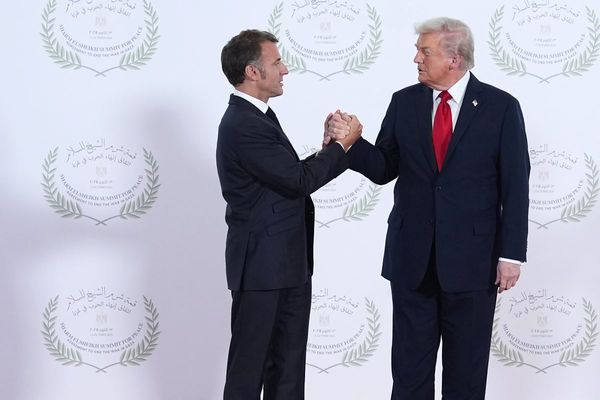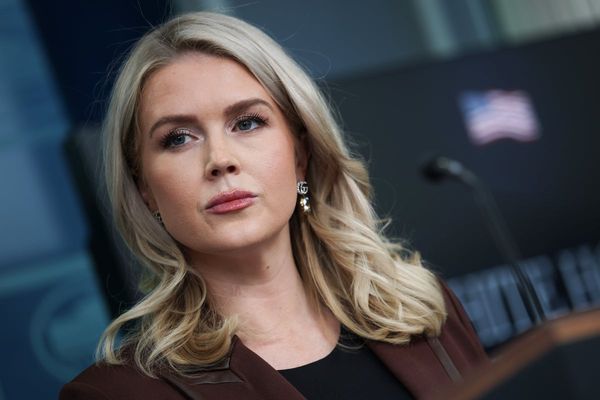
Not long before Covid struck, 66-year-old model Alex Bruni spent an interesting day being shot by Rankin, the British photographer who has worked with Kate Moss, Madonna, David Bowie and the late Queen.
Rankin had put Bruni in a bath and asked her to pretend to have an orgasm. She was delighted. “It was an advertisement for Coco de Mer sex toys,” she remembered. “I thought that was great: the idea that you could give older women sex toys as presents because we are still playful, sexual beings.”
Bruni has been in constant demand as a model since being scouted in 2013. She has modelled for Vogue Italia, Julien Macdonald, IA London, GQ China and Starling Bank, as well as doing runway work.
But that was all before the pandemic. Since the world emerged from lockdowns about 18 months ago, Bruni’s modelling career has ground to a halt.
“Until 2017, it was great: brands were really focusing on older women ageing beautifully and embracing life,” she said. “But since Covid, it’s been dire. I’ve only had a few jobs and those have either been paid half of what they were pre-lockdown or not paid at all: I’ve felt I had to do them for the sake of exposure.”
Bruni puts it down to brands becoming more conservative post-Covid. “The pandemic was a scary time and the whole thing about ageing beautifully has fallen through,” she said. “If you have old models now, they’re shown as eccentric – which is just another ageist stereotype.”
Bruni is frustrated. “I thought older female models had finally been recognised as equals and that was here to stay,” she said. “But I definitely feel that’s gone.”
Rebecca Valentine, founder of Grey Model Agency, agrees. Within a few years of launching the only UK agency dedicated to age 35+ models in 2015, her people were being booked by international brands including Gucci, Prada and Emirates, as well as British labels including M&S.
Like Bruni, she believed it would run and run. “Our models were being used for everything from high-end luxury to rock and roll fashions, from high street to sport brands,” she said.
“I was sure that this wasn’t a fleeting fashion because the older demographic was growing and increasingly, had the money. I never thought it would go back to the 90s when the only female models that brands wanted were young, skinny and tall. But in the last 18 months, that’s exactly where we’ve ended up.”
Simon Chambers, the owner of Storm Model Management, has also noticed that bookings for older female models who are not already household names have “dropped away” since the pandemic.
“It’s difficult to know why,” he said.

Chambers hypothesises that with budgets under scrutiny, brands could be playing it safe. “Times are hard, margins are tight and selling fashion is never an easy business,” he said. “It could be that brands now feel it’s more of a risk to use a model who’s over 50.”
Miranda Cantacuzene-Speransky, the agency director at Elite London, has also found that while the demand for older male models has stayed strong, calls from luxury brands for older female models have reduced in the past couple of years.
“I wonder whether brands are choosing models now not just for what they look like but also for their presence on social media,” she said. “If a model has a strong online following, the brands get their advertising turbo-boosted at nil cost to them. Older models are less likely to have the intuitive sense of how to go big online.”
The designer Ira Iceberg founded the fashion house IA London in 2017. She consciously uses older models in her shoots and runway shows but said that in the past year she has noticed a “dramatic decline” in other luxury brands doing the same – not just in the UK but across the world.
“I’m not surprised though,” she said. “You could tell that brands were never comfortable using older female models: they either had them showing no skin or too much skin. It was as though they were trying to do something about this woman being old – like she wasn’t a normal person.”
Iceberg said the future for older female models is “open”. “I think that real change will take time,” she said. “We need to systematically educate the next generation of fashion designers to be more inclusive and open to different ideas of beauty because the question isn’t whether fashion will go back to using older models,” she said. “It’s why that selectiveness was taking place in the first place.”







